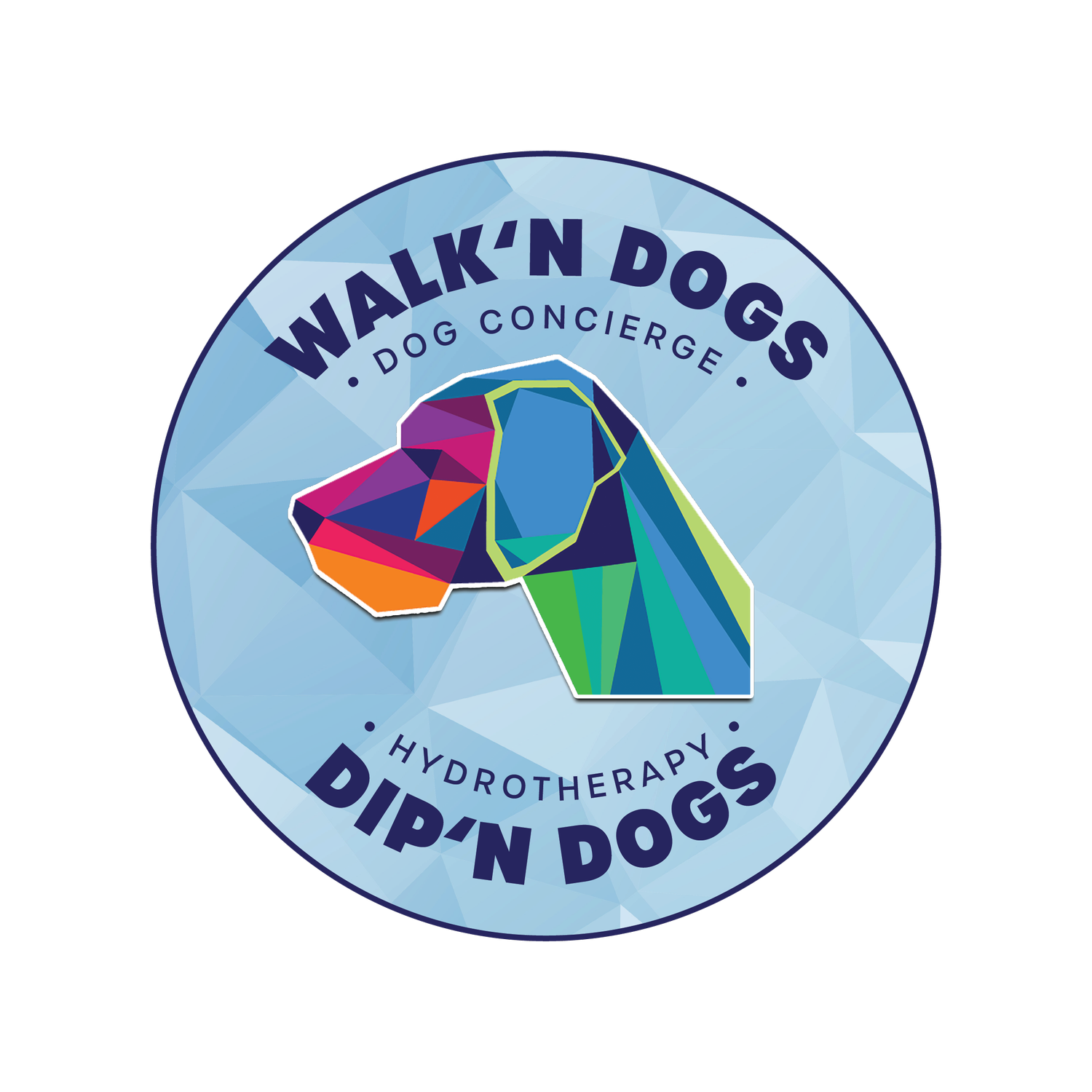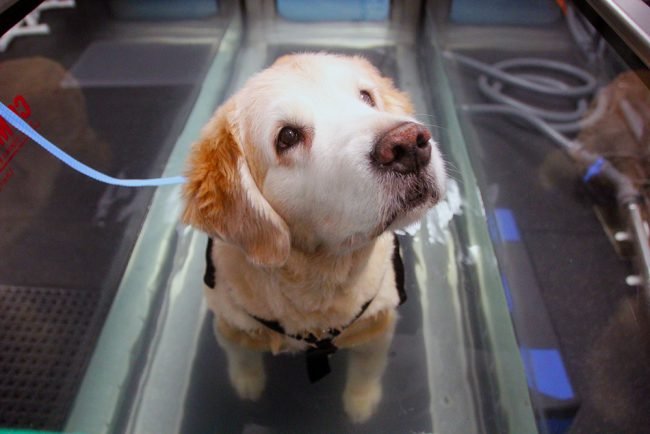Hydrotherapy to Assist Femoral Head & Neck Excision (FHNE) in Dogs
What is FHNE in Dogs
Femoral Head and Neck Excision Arthroplasty refers to the removal of the articulating, ball at the top of the thigh bone (femur). This procedure has been used for the management of a range of conditions involving the hip joint. The most common reasons for this are untreatable hip joint fractures, chronic dislocations, osteoarthritis, hip dysplasia and hip pain, in cases where total hip replacement is not considered viable. The reason for the procedure is to remove the direct contact of the thigh and hips bones to remove the pain associated with this bony contact.
What to Expect after FHNE
The outcomes following surgery are generally good in smaller patients, but may be variable in larger patients where there is more weight being transferred through the joint. The "ball" part of the ball and socket joint is removed, so the bone and joint pain is generally relieved, and the load of the joint is then taken up by the muscles to carry the body weight in the standing patient. Total hip replacement may be the preferred option to restore anatomical joint function, but should that procedure not be an option for patients, then a femoral head excision arthroplasty, combined with good, proactive, rehabilitation, physiotherapy and hydrotherapy will often return patients to very good function.
Recovery & Rehabilitation
Mechanical lameness, or an observable rise of the hip muscles, on the side of the surgery may occur long-term following removal of the joint, however with extensive physiotherapy, rehabilitation and exercise this instability will improve and the patient’s recovery in the short and longer-terms should be good. Physiotherapy may begin immediately following surgery, with ice and heat therapy, massage, gentle hip range of motion exercises and lead controlled walks. Consultation with a physiotherapist would be advised following this surgery.
Hydrotherapy for FHNE
Swimming is a wonderful rehabilitation exercise when performed correctly. It can improve range of motion of the joint and musculature of the limb. It is especially useful following FHNE. You may allow controlled swimming from 2 weeks and after the progress check with your vet. Ideally you should walk your dog slowly and safely into deeper water and allow them to swim. Only perform this in a safe area and if your dog enjoys swimming. Generally a referral from your vet is requested. This ensures communication regarding your pet’s condition and allows the hydrotherapist to formulate a suitable program. Underwater treadmills can also be a great way of helping your dog to begin using the leg.
Risks and Outcomes of FHNE
Complications rates are low, with the most common complications being infection (2-4%). Other complications may be temporary paresis of the large nerve running at the back of the hip joint (sciatic nerve), which may be related to the initial injury or the traction applied during surgery itself, however this paresis will generally resolve in the days to weeks following surgery. In a small number of cases this paralysis may be permanent.
About Dip’ n Dogs Hydrotherapy – Orlando, FL
At Dip’n Dogs Hydrotherapy, we are certified and caring professionals devoted to restoring and enhancing the health and happiness of your beloved pup. Encompassing a pool, as well as a certified hydrotherapist, this can provide effective and long lasting results for your pet’s injury or illness.


